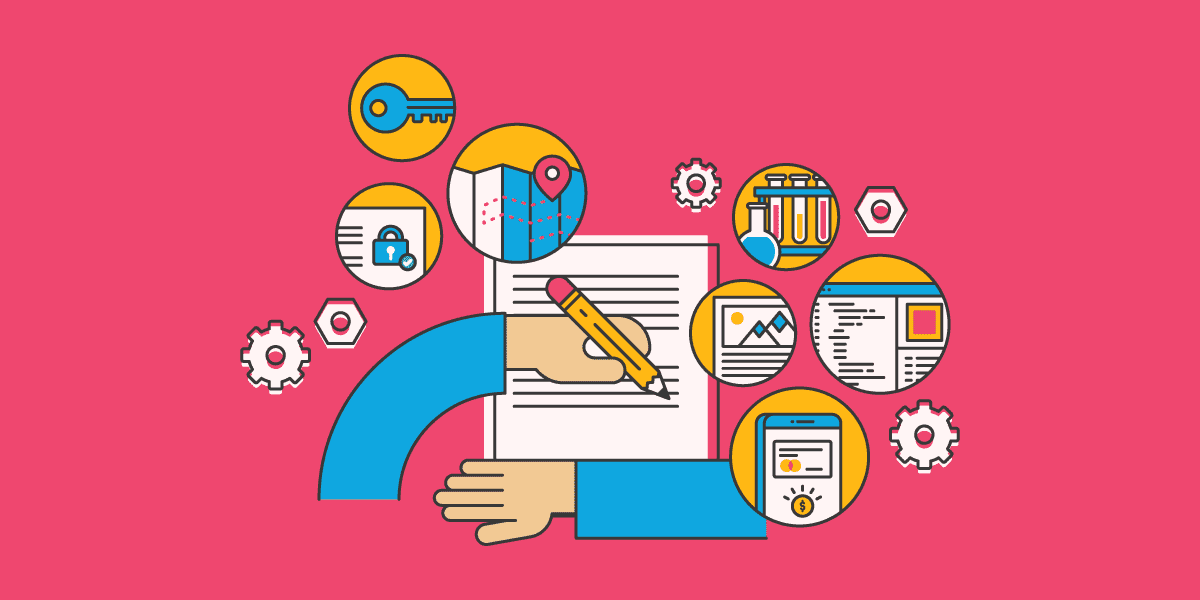Gathering requirements could seem self-explanatory, yet it seldom gets the full attention it requires. It’s an essential activity often ignored, like stretching before exercise or brushing your teeth before bed.
However, disregarding these simple tasks might result in injuries, cavities, or, in the case of project planning, project risks.
This article will go through the project requirements gathering process and discuss how spending effort on requirements gathering may lead to collaboration effective project results.
What Exactly Is Project Requirements Gathering?
Requirements gathering is one of the most important aspects of any project and offers value on several levels. When working with shorter timeframes, lower budgets, and restricted scopes, precise documentation of all project requirements becomes critical. Practicalneeds collecting and management begin at the outset of the project.
Moreover, gathering project requirementsaremore straightforward said than done, and it often takes much less attention than it deserves. Many projects begin with simple requirements lists, only to discover that many of the customers’ demands were not adequately understood and addressed.
Project Requirements Gathering Process
Gathering project requirements might be intimidating, but it doesn’t have to be, particularly if you break it down into three steps.
1. Collect Requirements from Stakeholders
Begin by identifying the project’s stakeholders and learning what they believe the initiative should address or feature.
For example, the leadership team may believe that your job site should feature films and information about your company’s culture. In contrast, the human resources team desires to monitor every touchpoint with an applicant. These are all critical factors to consider when you develop your project strategy.
This task is one of the most challengingin the requirements collecting process, and it may seem like pulling teeth at times. However, there are several tools available to assist you in gathering this information in a focused and helpful manner, including:
- Brainstorming sessions
- Surveys
- User stories
- Process diagramming
- One-on-one meetings
2. Requirements Documentation
After gathering your project requirements, you must record them in a clear and well-organized document.
This document maintains accountability and provides everyone with a centralized source of information on your project’s objectives.
As an example, consider a project charter document. It is a concise, formal document summarizing a project’s goals, key stakeholders, main milestones, risks, and budget. This compact document provides a high-level summary of the most important aspects of a project for stakeholders, project committees, project managers, and any other interested parties.
3. Verifying Requirements Comprehension
Don’t assume everyone will have a common understanding once your project requirements are defined.
Instead, provide those defined criteria to all project stakeholders to guarantee that everyone is on the same page before the project starts. It’s preferable to know now if anything was skipped or misinterpreted.
Why is Requirements Gathering Important?
Consider your most recent project management experience. What were the dangers discovered? Which resources did you exhaust? Was there any scope creep or budgeting blunders? And in general, how did those flaws affect the project as a whole?
Deadlines, scope, and cost overruns will suffer if we do not identify the adequate needs initially. Product design concerns will be affected, and development delays will ensue. As a result of the budget overrun, your product will not be well-positioned for success.
Gathering project requirements is a crucial aspect of project planning. Having project management software that can keep all your information and easily transition it into the next phase can go a long way, whether you’re interviewing stakeholders or doing other research to develop your list of project needs.
Furthermore, when your team and stakeholders share accessibility, you can communicate and cooperate from project inception to completion, reducing the possibility of setbacks.





